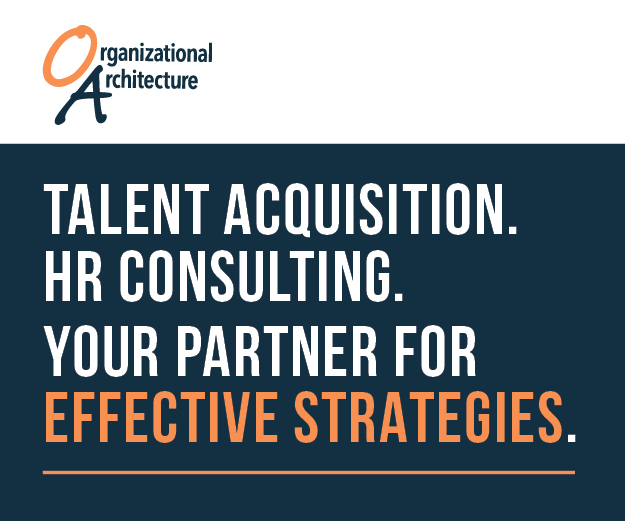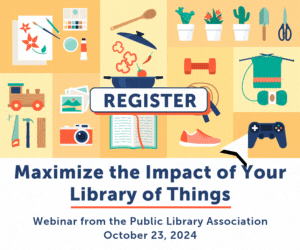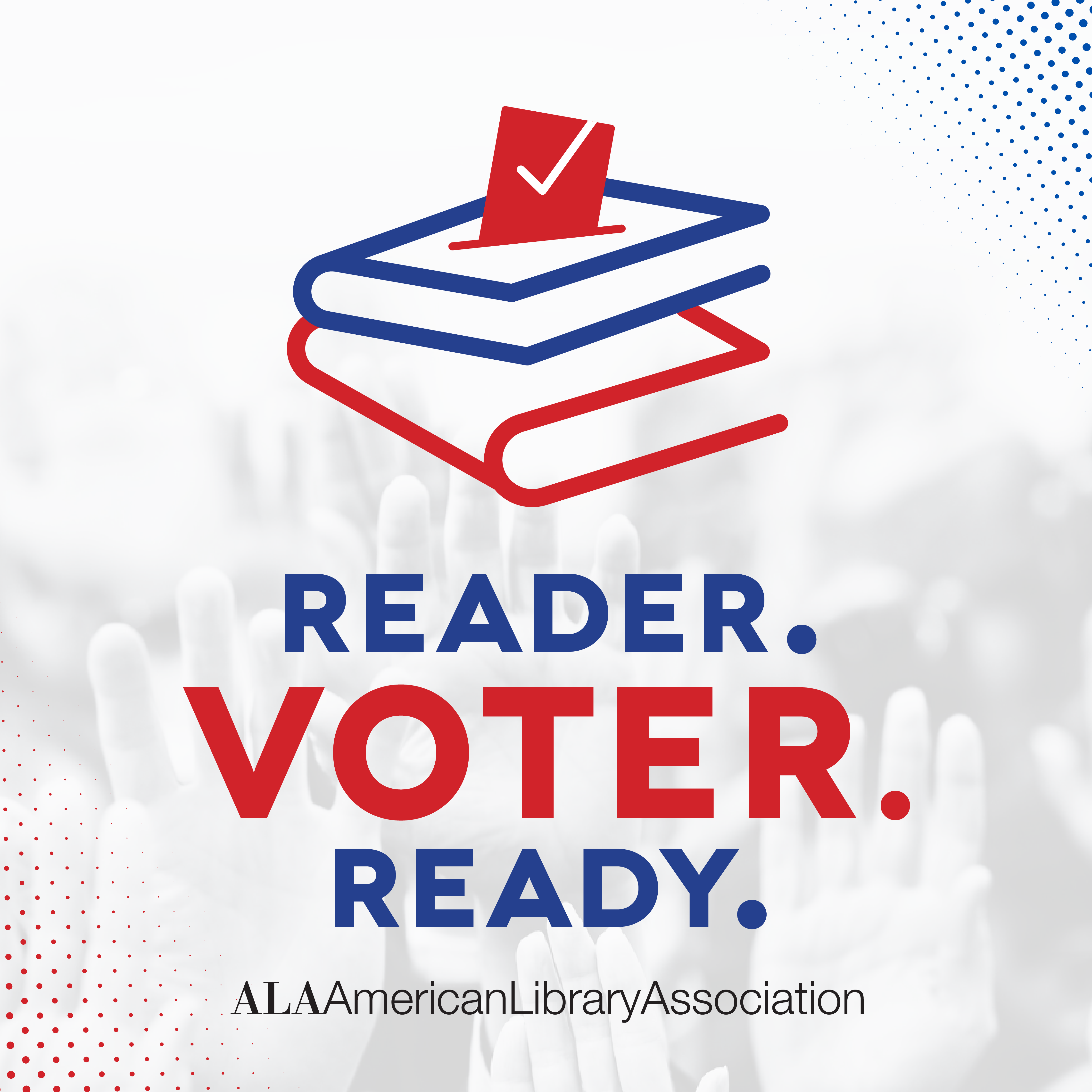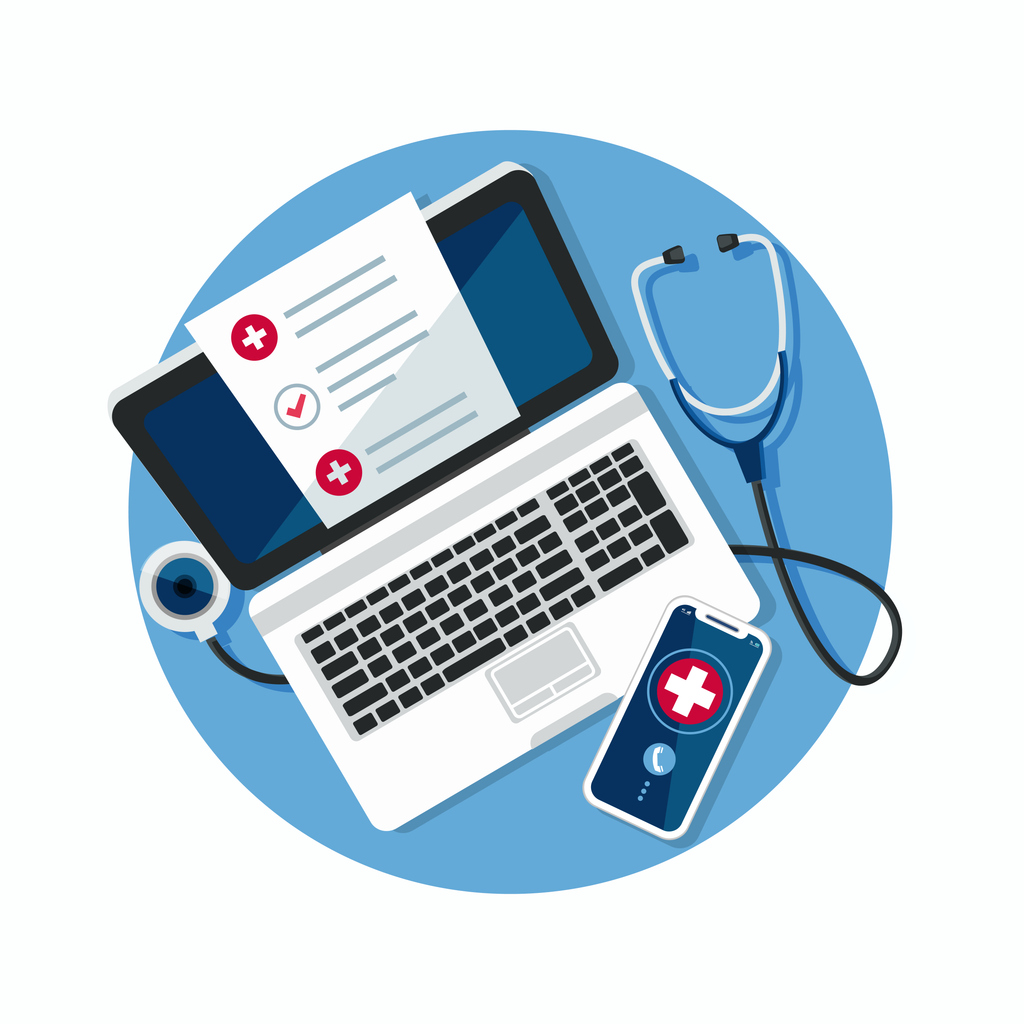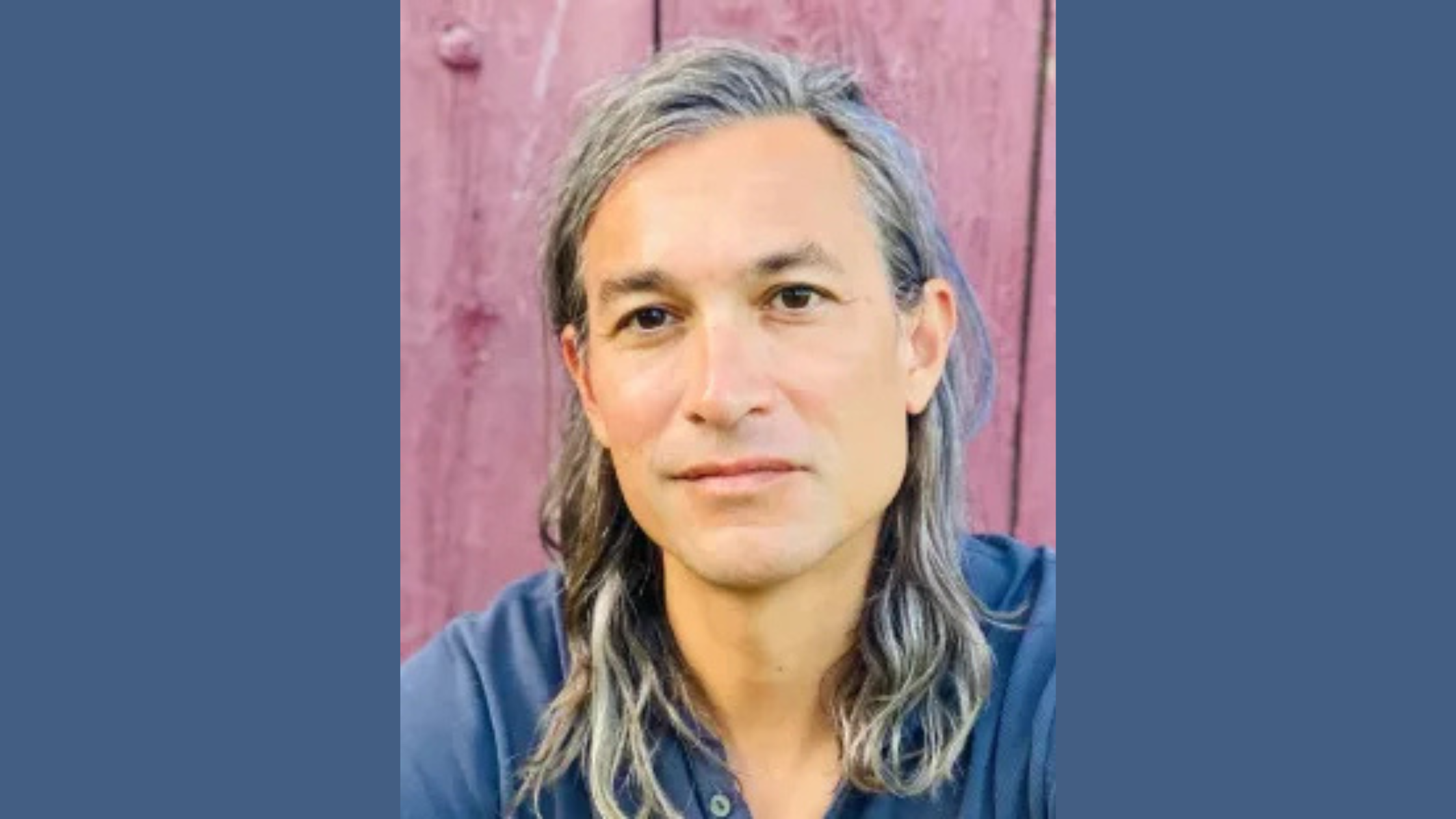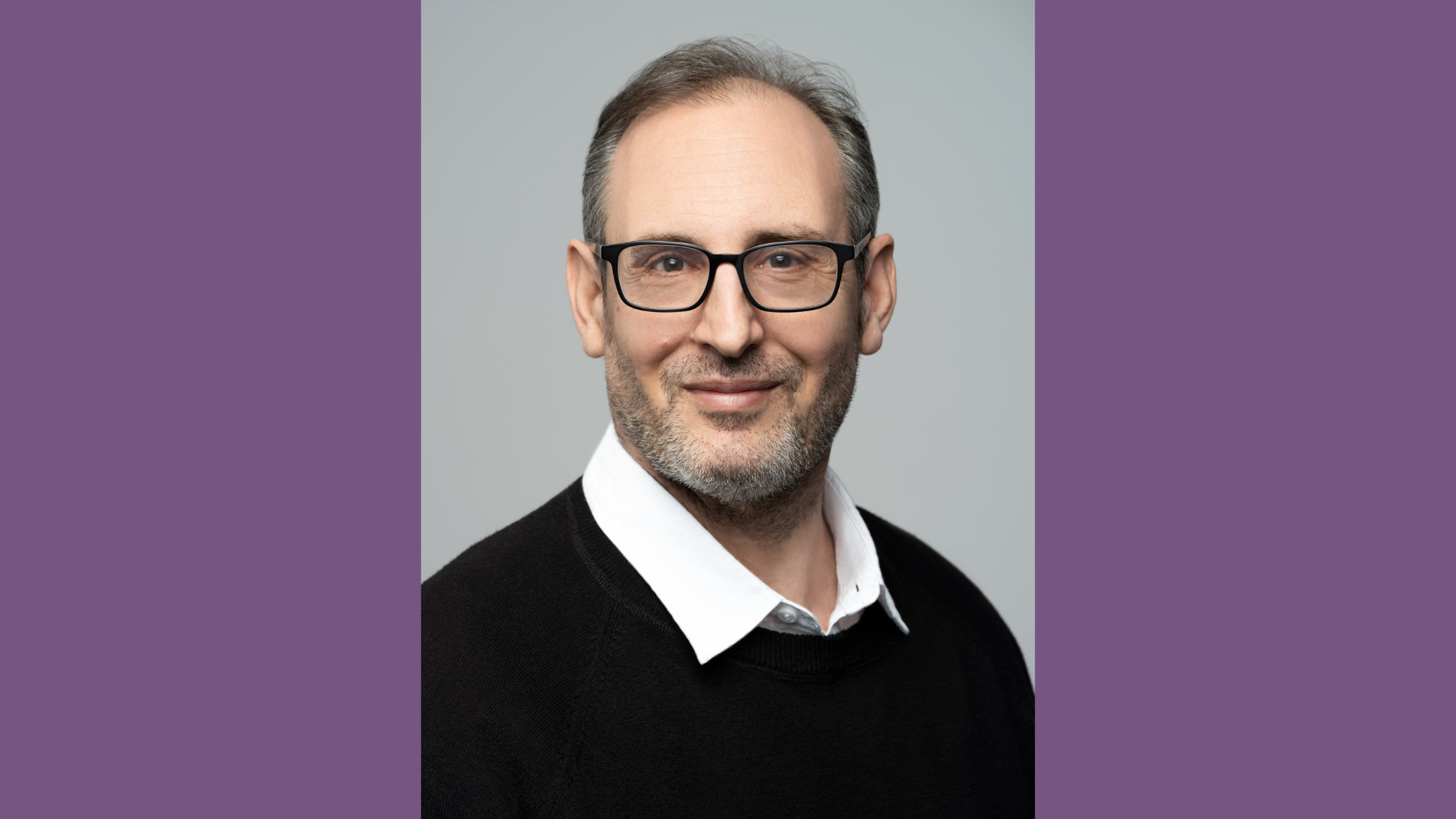Every Single One of Us has a Role to Play in Solving this Crisis: Dr. Nadine Burke Harris on Childhood Adversity

When Dr. Nadine Burke Harris opened her pediatric practice in San Francisco’s Bayview-Hunters Point, she soon noticed a correlation between patients who had experienced some sort of trauma early in life and their physical health. Her resulting research, which built upon the Adverse Childhood Experiences study performed in the 1990s, led to her groundbreaking The Deepest Well: Healing the Long-Term Effects of Childhood Adversity. In this highly readable book, Dr. Burke Harris breaks down the stigma surrounding adverse childhood experiences and outlines how patients can empower themselves to enjoy better health. Of The Deepest Well, Kirkus Reviews stated that “this important and compassionate book further sounds the alarm over childhood trauma—and what can be done to remedy its effects,” while Bryan Stevenson raved, “Dr. Burke Harris combines a scientist’s rigor with a compassionate doctor’s heart to paint an unforgettable picture of what is at the center of what ails so many of our communities.” Brendan Dowling spoke to Dr. Burke Harris on January 24, 2018.
In the book, you go over the scientific research that shows how childhood adversity is a risk factor for many of the most common diseases. When did you first make the connection between childhood adversity and a patient’s physical health?
The first time I started putting it together concretely was with Diego, who is a seven-year-old boy I first saw in 2007, which is actually the first year the clinic was open. His presentation was so striking—he had essentially stopped growing—that it really made me ask that question about whether the two could be linked. I feel like the trauma he experienced, I don’t want to say it had to be connected, but looking at the pattern, it looked very connected. This was not a coincidence; this was actually having an impact on his body.
You follow the patient histories of many patients, including Diego, in the book. Why was it important for you to put a human face on childhood adversity and toxic stress?
Because I think that probably our biggest obstacle is myth and misinformation. It’s this idea that childhood adversity is a story we think we know. Many people think, “Well, I know a guy who grew up in a terrible situation and now he’s the CEO of a company.” People have this conception that if you don’t have any behavioral problems it means you’ve left all your childhood adversity behind and it doesn’t have an impact on you. The science does not show that. What the science shows us is that childhood adversity changes our bodies in ways that are lifelong. It doesn’t have to be this awful “woe is me” situation, but people do need to understand if they’re at increased risk for health conditions.
Can you talk a little about what are these long term effects childhood adversity on people’s health?
When I first read the Adverse Childhood Experiences study, what was so striking to me—aside from how incredibly common childhood adversity is—is the fact that what we’re talking about is increased risks for things like heart disease, cancer, chronic lung disease, and Alzheimer’s. What’s amazing to me is that if a person has a very high dose of adverse childhood experiences, their risk of heart disease is the equivalent of eating thirty-three strips of bacon a day. We know that eating bacon is bad for your heart and it increases your risk of heart disease, but what we didn’t know is that having a very high number of adverse childhood experiences increases your risk of heart disease even more that eating a ton of bacon. So when I saw that connection to chronic disease, that was just really powerful.
The other area that I focused on was the science behind how early adversity causes these long-term changes in our brains and bodies. When we understand how these changes happen, for me that’s the hopeful part, because we can use the science to interrupt their progression. When it comes to toxic stress, the fundamental mechanism is our fight or flight response. It’s the release of stress hormones, including adrenaline and cortisol, that have all of these effects on our bodies that are designed to save our lives. It affects the way our brain functions, it raises our blood pressure, and increases our heart rate. All of that is really good if you are in a forest and you need to get away from a bear. The problem is when this process is activated too often, it goes from being life-saving to health-damaging. We see this in children since they are especially sensitive to repeated activation of the stress response because their brains and bodies are still developing. So when kids are exposed to high doses of adversity, it actually changes their developmental trajectory. It changes the way their brains, their hormonal systems, and even their DNA functions for the life course.
You mentioned the Adverse Childhood Experience (ACE) study and in the book you talk a lot about ACE scores. Can you explain what the ACE score is?
The ACE score comes from this groundbreaking study that was done by the Centers for Disease Control and Prevention and Kaiser Permanente, the health care group. In that study they asked 17,500 people about their adverse childhood experiences. They asked about ten categories, including physical, emotional, and sexual abuse; physical and emotional neglect; growing up in a household where a parent was mentally ill or substance dependent; growing up where there was parental separation or divorce; and growing up where there was parental incarceration or domestic violence. For every yes a person answered, they would get a point on their ACE score. When you totaled up that number, that’s your ACE score.
One part of the book that I thought was striking was how you remove any shame around having a high ACE score and instead treat it as piece of information. If someone has a high ACE score, what can they do?
Well that’s what for me is so important, there’s a lot that people can do. It starts with recognizing that their ACE score might mean they have an overactive stress response. Just recognizing when their stress response is kicking in and whether it’s healthy or not is really important. What I talk about in the book is there are six interventions that there’s strong evidence reduce stress hormones, reduce inflammation, and enhance neuroplasticity, which is the ability of brain cells to connect to each other.
All of these work to heal the impacts of an overactive stress response. They include things like meditation; getting regular sleep and having good sleep hygiene; good nutrition, particularly a high-lean-protein, low-fats, low-sugar diet; getting at least an hour of exercise a day; good old fashioned mental health care; and healthy relationships.
I think healthy relationships is a really critical piece because we as human beings have the ability to not just trigger each other’s stress response but also buffer each other’s stress response. My point in the book, and I don’t think that I can overstate it, is having these networks in your life, having “the village,” doesn’t just feel good, it can actually improve your health and possibly save your life.
Even though there’s a lot of scientific research in the book, you present it in a very accessible manner. For you, who is the ideal reader of this book?
Everyone. I think that there’s no one who doesn’t need this book. For me, understanding that early adversity changes our bodies in this way is a little like understanding that microbes cause infections. There’s no one who doesn’t need to know that, because we all need to wash our hands, right? We should all cough into our elbows. This is really a matter of public health.
It doesn’t matter if you have kids or you don’t have kids. If you’re an adult, you once were a kid. And particularly for anyone who comes into contact with young people, who works with young people, who makes policies about young people, who comes in contact with or makes policies for parents of young people, it’s necessary. I think that the whole point of a public health movement is that every single one of us has a role to play in solving this crisis.
What role can librarians play?
I was at the Philadelphia Free Library last night for my book kick-off event and it was just such a powerful reminder that libraries are these hubs of civic engagement. They’re these places where families come, where people connect into the world of books and literature, and where people come for resources. So my hope is that librarians will be part of being on the front lines of shouting from the rooftops to talk about this work and and connect families to this resource and this information.
Tags: community health, health and fitness literacy, health information at the library, health literacy, mental health, nadine burke harris, promoting health at the library, Promoting Healthy Communities


